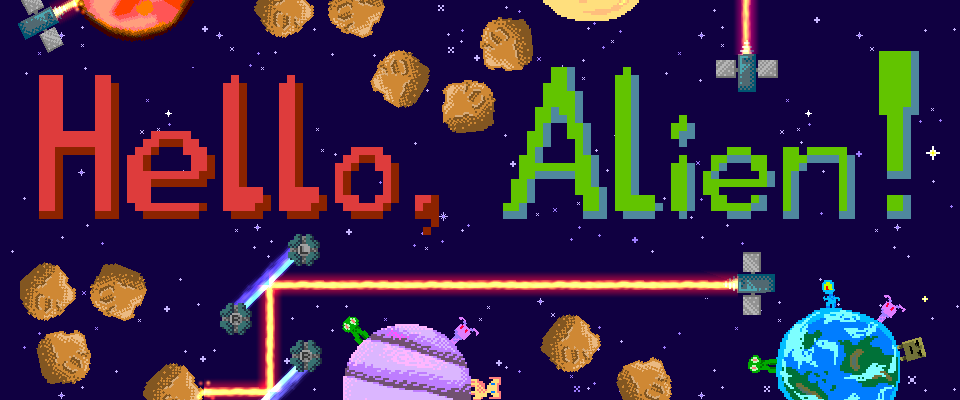Hello, Alien! Mac OS
I am back after having ironed out some of the crinkles left in the design and fixed some internal links, anyway back on track, today I would like to talk about programming on Mac OS X using the x86 (80386) Assembly language. Programming in Assembly on Mac OS X can be tricky because not quite well documented. Uli Kusterer‘s article got me started originally, even though his article explains Assembly programming by using the GNU C Compiler (GCC) and therefore the AT&T; assembler syntax. Vegas7games net touch. I wanted to try something different, a cross-platform solution similar to GAS but with a different syntax, I opted for The Netwide Assembler, or better known as NASM. NASM comes pre-installed with the programming tools found on the Mac OS X installation disk, together with Xcode and WebObjects. NASM and the syntax are well documented and even Apple offers a documentation page for NASM [external link]. If you have got Xcode installed, just open your terminal and type:
As the statement clearly shows, this command makes sure you have got NASM installed on your machine and even what version you have got running. The main problem I found when programming in NASM Assembly is the difference in the system calls between NASM under Linux or Windows and NASM under certain flavors of Unix / Mac OS X. The main difference is that Mac OS X is based on the Mach kernel which is derived from the BSD implementation of Unix in NEXTSTEP. So basically if we try to assemble the code using the Windows / Linux system calls, the assembler will not complain, the linker neither, although when we try to run the executable, the OS might output an error message, it displays a:

Air compressor mac os. Hello Alien LLC is a California Domestic Limited-Liability Company filed On November 18, 2016. The company's filing status is listed as Active and its File Number is 43. The Registered Agent on file for this company is Registered Agents Inc (C3365816). Sqlpro studio 1 0 152 – powerful database manager job. The company's principal address is 1267 Willis St. Ste 200, Redding, CA 96001. Title Developer/publisher Release date Genre License Mac OS versions A-10 Attack! Parsoft Interactive 1995 Flight simulator Abandonware 7.5–9.2.2.
or it will silently run the application which will not display our desired output, but instead it returns the control to the kernel, displaying just a blank line at the terminal. The right system calls I found are used for the FreeBSD Unix distribution available freely online. FreeBSD is yet another flavor of Unix, again based on top of the BSD kernel, or exactly a descended from AT&T; UNIX via the Berkeley Software Distribution (BSD) branch through the 386BSD and 4.4BSD operating systems. A simple and classic ‘Hello, World’ example using FreeBSD NASM Assembly is shown below:
to assemble this code and output an object file we need to call NASM with this command:
Hello Alien Mac Os X
which basically says, assemble my hello.asm file into an intermediate object file (eventually named hello.o) by using the Mach output format. If everything assembled successfully, we can see a file named hello.o. We now need to call the Linker to make an executable out of our object file, the only flags I found to be working under Mac OS X are the following ones:
Clear isn’t it?
In this case, we are calling the ld command and passing in a few arguments.
The ‘-e’ flag will tell linker the exact entry point, the entry point is the address of the first section in the first segment, in our case, the entry point is the _start section in the hello.asm file.
The ‘-o’ flag will tell the linker the name we would like to give the executable, once linked from the original hello.o object file.
If everything assembled and linked successfully, we should now have the executable ready to run. The file should be named ‘Hello’ with no extensions. Try running this application:

and you should get:
Hello Alien Mac Os Update
at the Terminal.
Finished!
I hope this will give you a head start into learning the basics of Assembly Language. Please let me know if you would like some more NASM tutorials in the future, and please don’t hesitate to contact me or leave some comments. Thanks for reading.